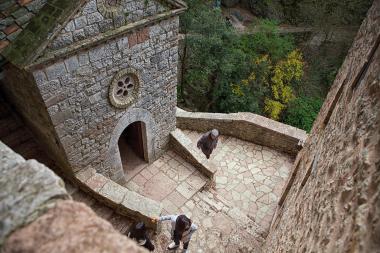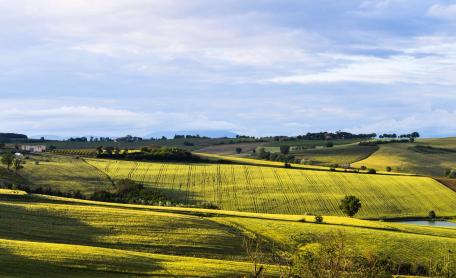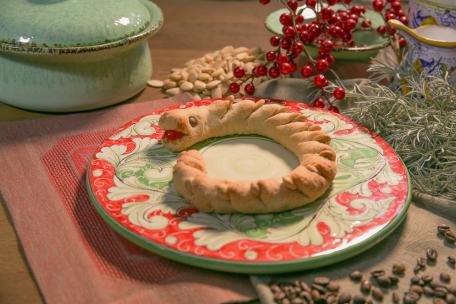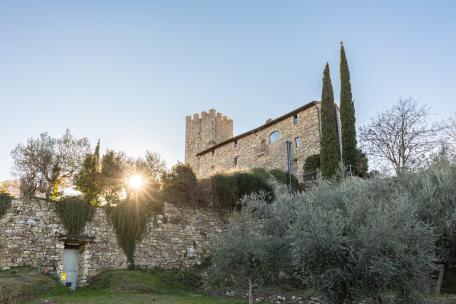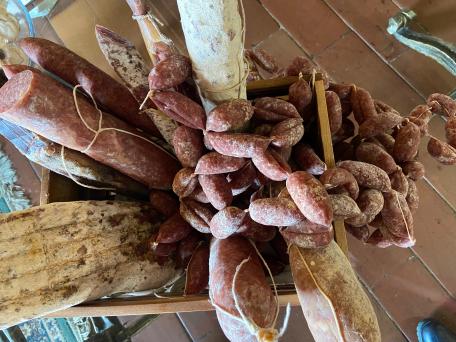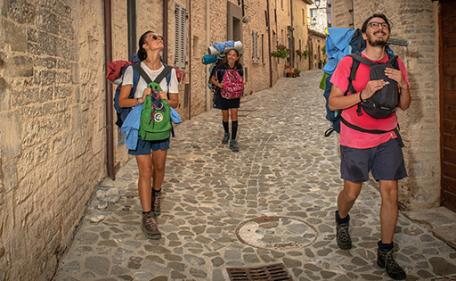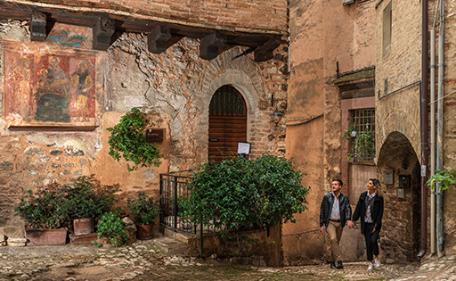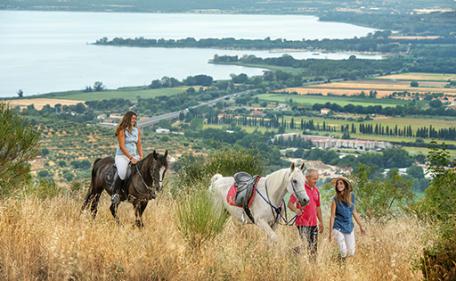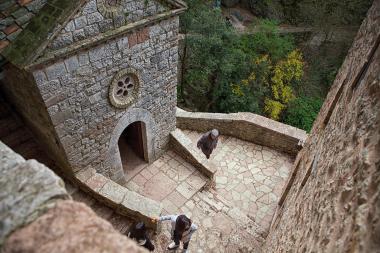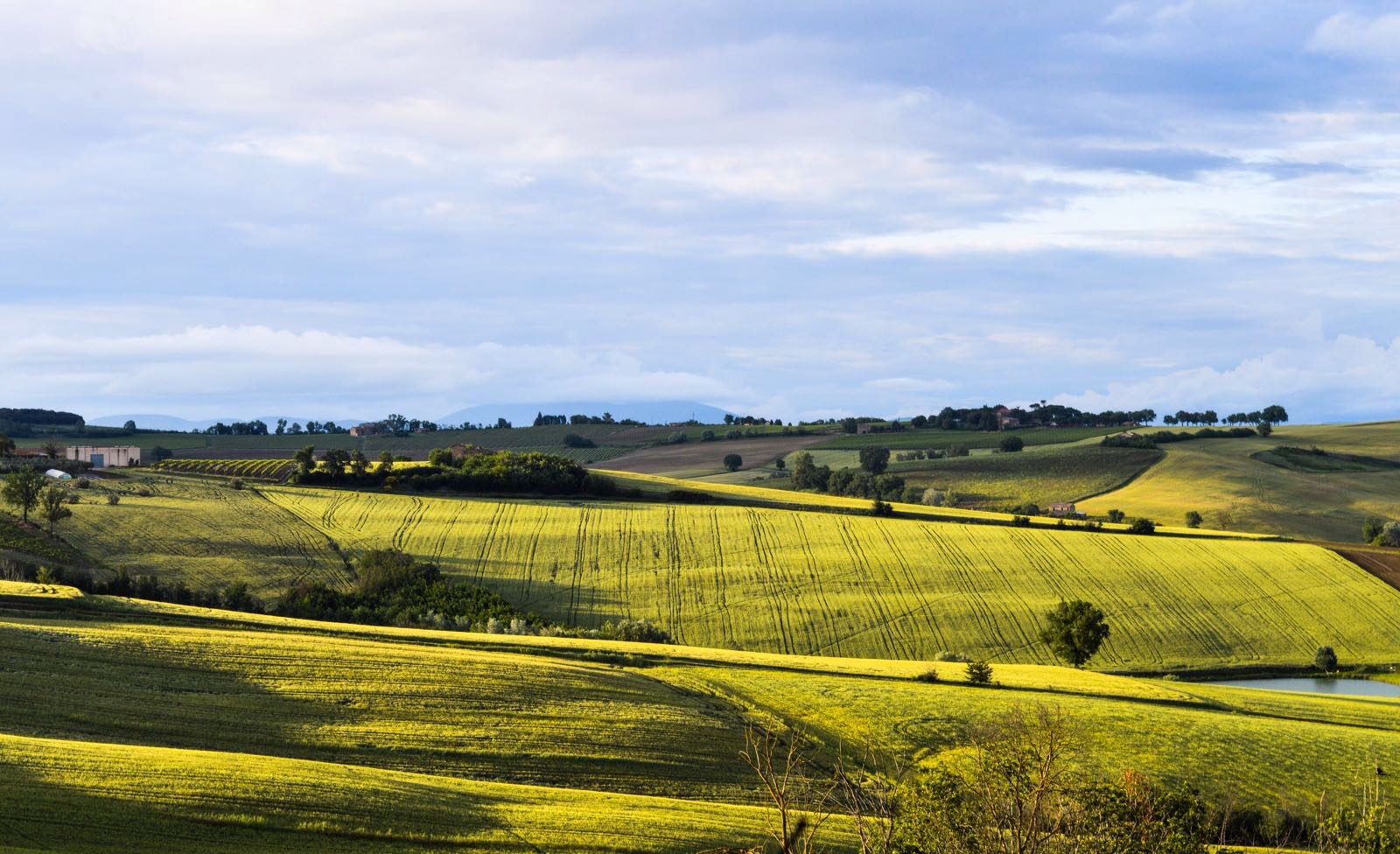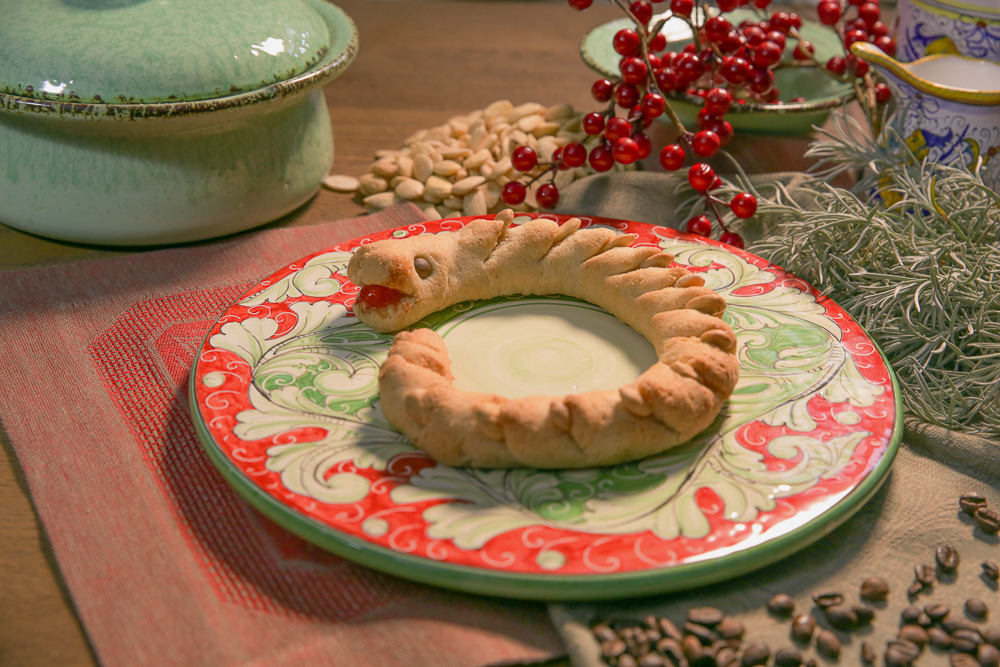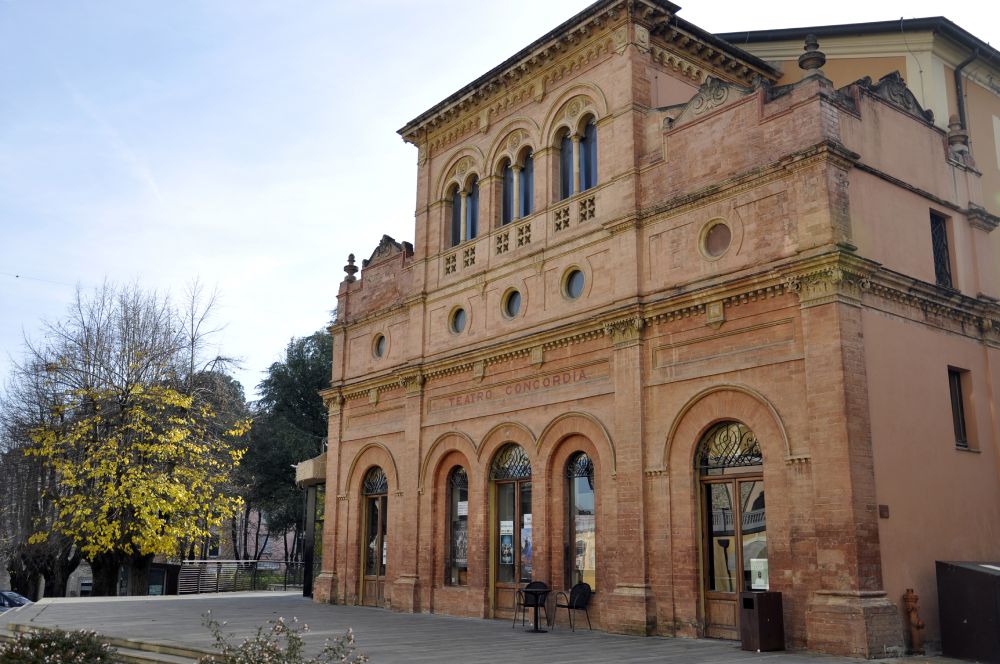HISTORY
Since the dawn of civilisation, this region has been an important crossroads between Todi, Orvieto and Perugia. Proof of its ancient origins can be found in the traces and relics left by Etruscan, Roman and Longobard settlements. The first official document mentioning Marsciano dates to 1004. In the 12th century it became the fiefdom of the Counts of Bulgarelli, and in 1281 it was ceded to Perugia as a border fortress during its wars with Todi. When the dominion of Perugia ended, in 1540 it came under the rule of the Papal State, until the Unification of Italy.
ART, CULTURE, ENVIRONMENT
The historic centre has been entirely restored. Points of interest include the Parish Church of San Giovanni Battista, the city's patron saint. It houses a painting done by the school of Perugino, a 19th century wooden cross and a wooden tabernacle from the 1700s. Aside from the Palazzo Comunale, constructed in 1871, and the Teatro della Concordia, you can admire several Art Deco buildings and Palazzo Battaglia, embellished with decorations done by the celebrated Futurist painter Gerardo Dottori. Traces of the ancient walls, the old Bolli and Boccali Towers, the now restored ancient entrance gate known as Porta Vecchia (Old Gate) and a tangle of narrow streets and typical piazzas of a medieval towns are all that is left of the ancient fortified castle that Ottone II gave to the Bulgarelli counts.
Marsciano is a major brick making centre and is home to the Dynamic Museum of Brick Making and Terracotta, a museum spread out over the area that touches on topics including peasant civilisation, crafts and industry. The main hub of the museum is Palazzo Pietromarchi, a noble residence constructed in the 1300s by the Bulgarelli counts of Marsciano. In it is a section devoted to brick making and a fresco done by the Pinturicchio school in the early 16th century of the Madonna on Throne with Child and Angels, St Sylvester and St Rocco.
Just outside of town is the Abbey of San Sigismondo, founded in the year 1000 circa by the Camaldolite monk San Romualdo. It is owned by the Sovereign Military Order of the Knights of Malta.
Important frescoes adorn the churches of various nearby villages, like the St. Sebastian done by Perugino and the Crucifixion by Tiberio d'Assisi, housed in the parish church of Santa Maria Assunta di Cerqueto. Cerqueto is also home to the Santa Lucia Shrine, featuring a fresco depicting St. Lucia, St. Rocco and the Madonna with Child, most likely a work by a pupil of Perugino. In Castiglione della Valle is the very noteworthy complex of the Castle of Monticelli, where the tiny Church of San Paolo and Sant'Ubaldo (12th century) is home to frescoes by Meo da Siena.
The valley carved by the Fersinone River opens up between the castles of Montelagello and Migliano, an area where nature has remained entirely untouched.
The small village of Papiano, few kilometers from Marciano, is worth a visit.
The village, of ancient medieval origins, is immersed in the surrounding countryside, half-way between the rivers Tiber and Nestore.
The castle, built in 1277, keeps some traces of the original plan. The fortification, characterized by an irregular and peculiar shape, included five watchtowers, three of which are still in good condition.
The most important one was used as Bell Tower in 1823 and is still today one of the most significant bell towers in Umbria.
Built on the highest point of Papiano, it is entirely made of stone, marked by a big clock dating back to the end of the 13th century, as well as two bells.
The village is rich in alleys, underground tunnels, town walls, arches and frescos, all of whom are still well-preserved, dating back to the medieval era or shortly after.


